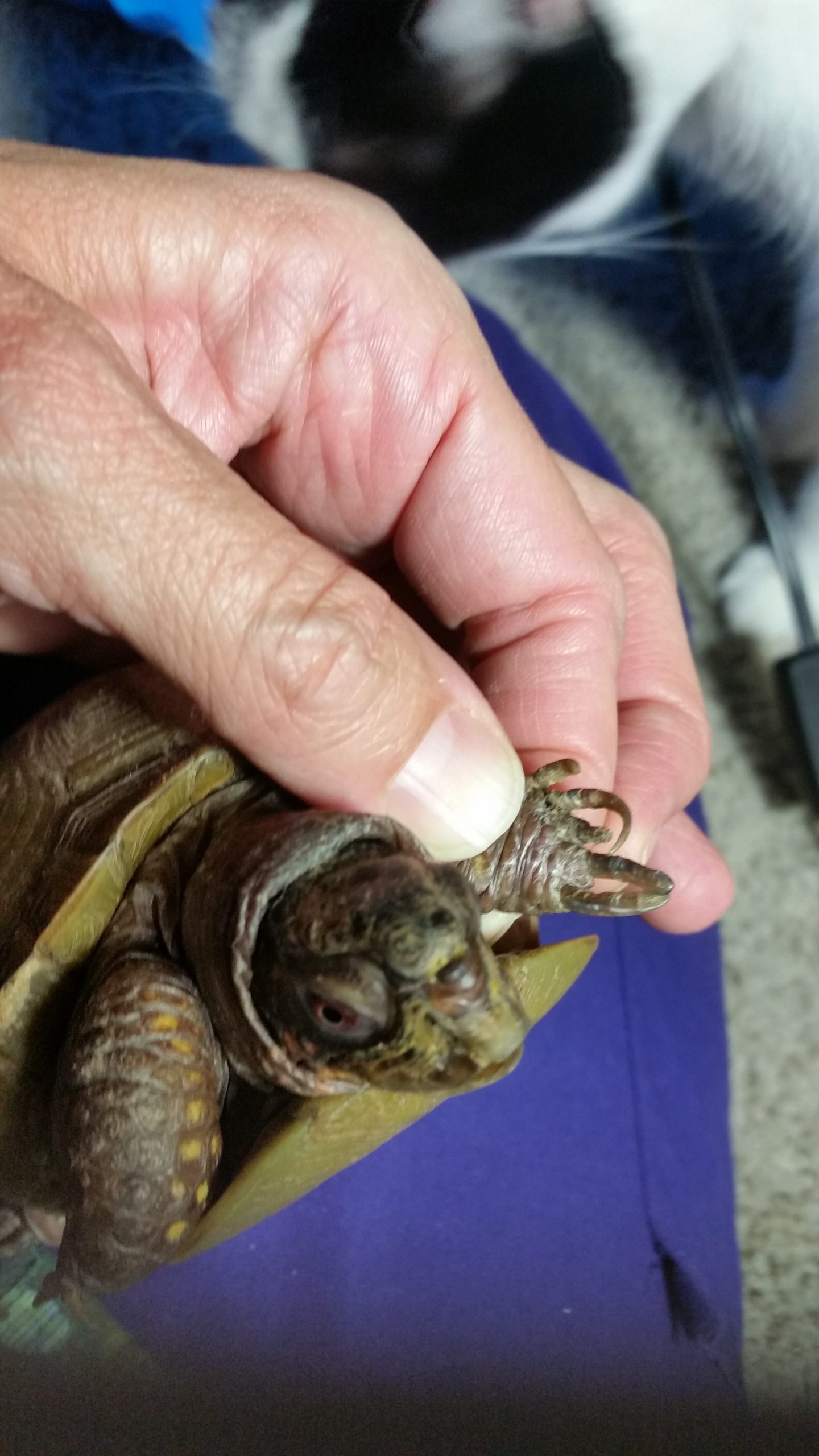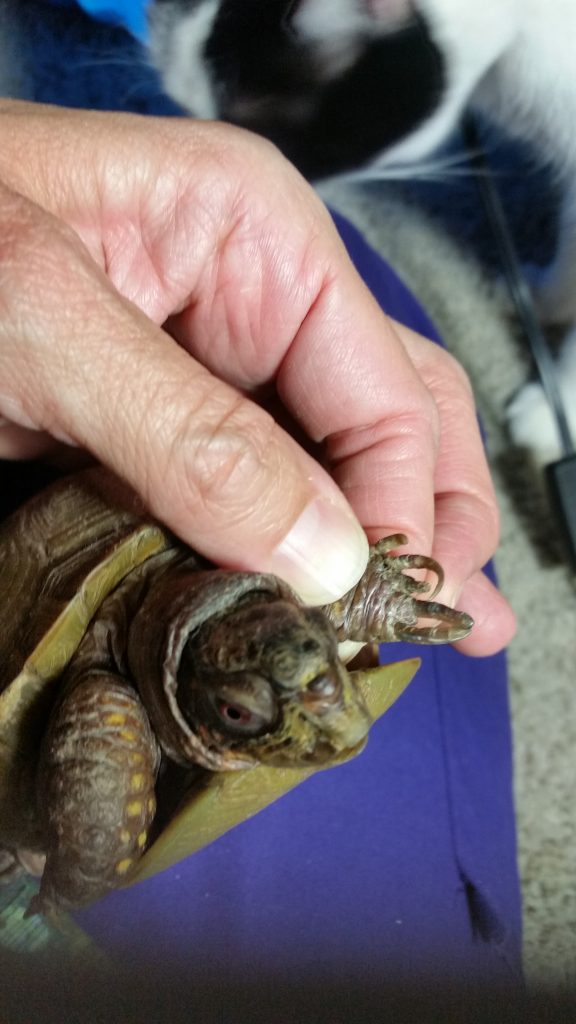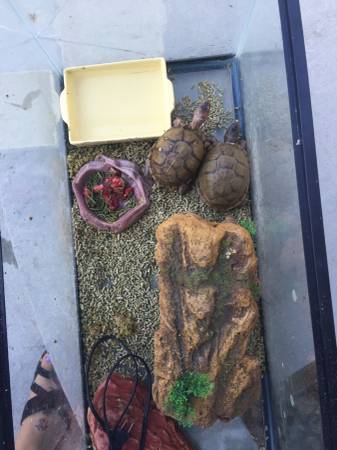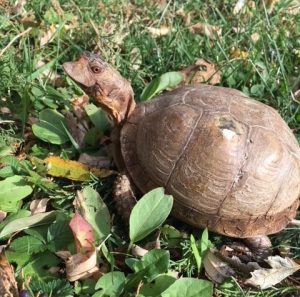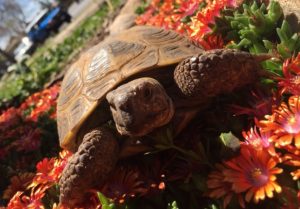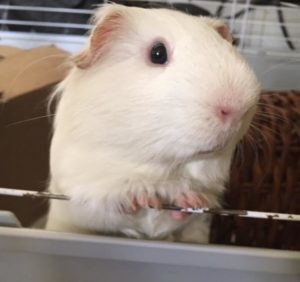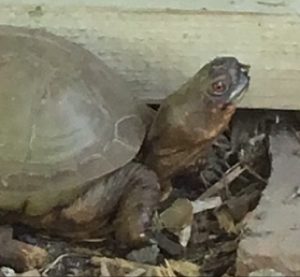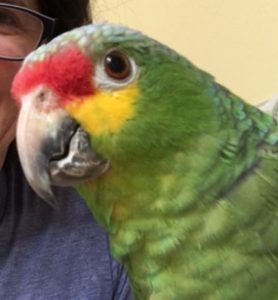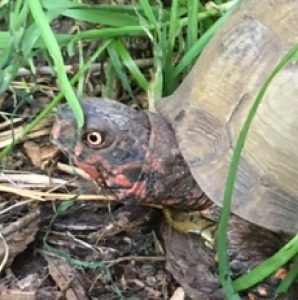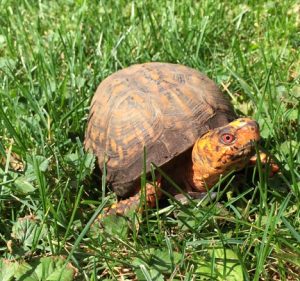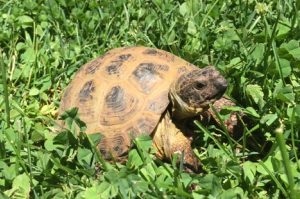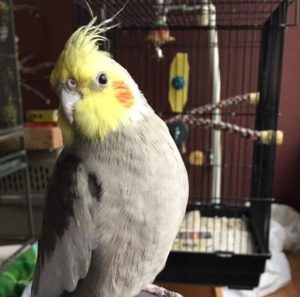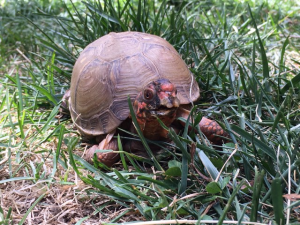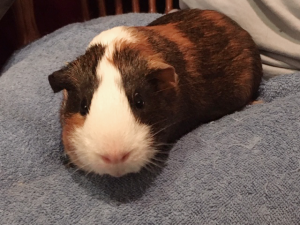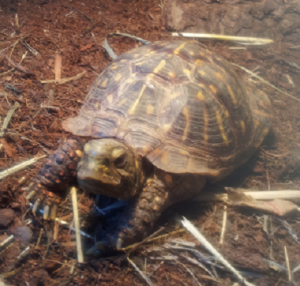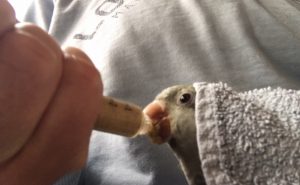Turtles and Tortoises Need Rescue, Too
Dogs and Cats Have Many Resources, But Turtles and Tortoises Are In Critical Need
Through the years in our work with many types of animals, we've discovered that turtles and tortoises are in critical need of rescue. Unlike domesticated animals, such as dogs and cats who have lots of resources to take good care of them, reptiles are actually captive wildlife that have never been domesticated. The resources to properly house them and care from them are much more limited.
Few Rescues Exist That Take Care of Reptiles and They Can Suffer in Silence, Often For Many Years
There is not as much information or resources available to take care of them properly and their potential to live many decades complicates things. Diseases and illnesses caused from lack of proper care can take years to develop and some of the effects are non-reversible. Years of living in constant stress takes its toll on the health of the turtle.
These types of animals find refuge at our sanctuary and we decided to share their story.
Why Turtles and Tortoises Become Homeless
Many turtles and tortoises who were once pets are now homeless. They can come from other areas of the country or even other countries. Many were captured in the wild before being sold as pets. They cannot be released or returned to the wild for a multitude of reasons such as possibly introducing diseases to native populations, being in a weakened state or not being in their native habitat. They might have started out in a home or in a classroom, but as time goes on and the excitement of a new “toy” fades away, they lose their appeal and find themselves in another home. The subsequent home(s) might be less ideal than the one before and the lack of time, resources or education eventually take their toll and help contribute to unintentional neglect.
Turtles and Tortoises Face Problems From Lack of Proper Care
Due to their long lifespans of 50 years or more, these poor creatures might end up in several homes before they die a premature death from lack of proper care or husbandry or end up in an extremely sad state. After years of substandard care, they become sluggish and weak as their ailments take over. Turtles are erroneously viewed as a low-maintenance classroom pet and are often left weekends and holidays alone without the proper care. Turtles get stressed easily and being handled by dozens of children is not ideal for them.
Their equipment, such as heat bulbs or water filters are expensive and need to be replaced often. The tanks need to be cleaned regularly and that can be a daunting task, so it might not be done as often as it should. The dirty environment leaves the turtles open to shell infections, parasite infections and other health issues. Cooler temperatures from periods without an external heat source also leave the turtles subject to more illnesses and a weakened immune system.
Problems with Turtle and Tortoise Beaks, Nails and Shells
Many of them have stunted growth, shell deformities, infections and malformed beaks and overgrown and/or deformed nails. This can be caused from malnutrition and damage from being kept in an inappropriate enclosure. Turtles spend many hours trying to escape from their tanks and dig at the sides of the tank, sometimes breaking toes. It also creates a constant state of stress.
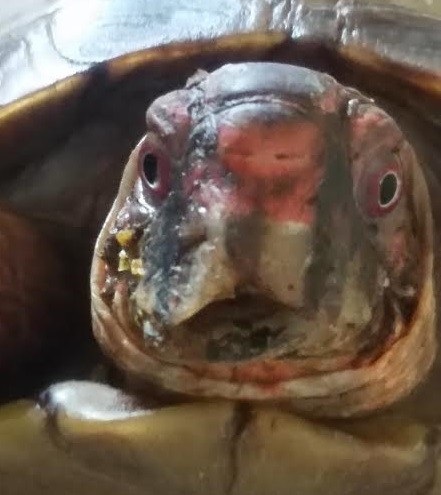

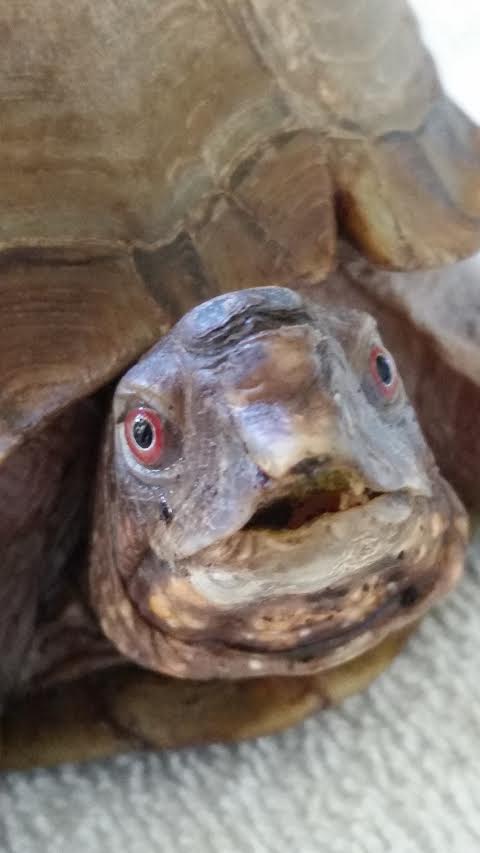
These types of problems can be caused from nutritional deficiencies, lack of sanitary conditions and inadequate care.
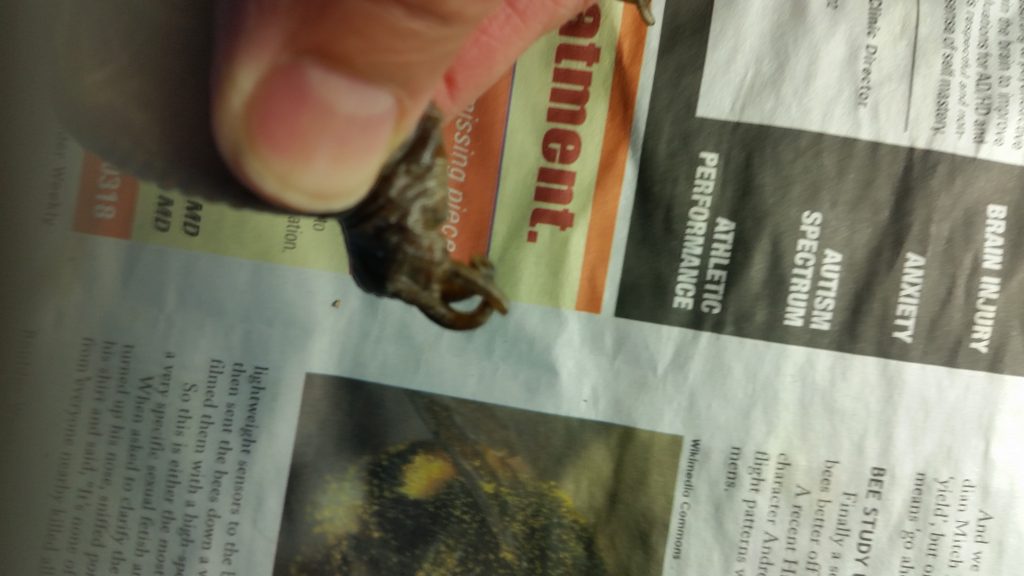
Improper Turtle and Tortoise Enclosures, Habitat and Equipment
Turtles are often viewed as a low maintenance pet, but can be very challenging to take care of and require specialized veterinary care, an appropriate habitat, proper food, equipment, external heat and UVB lighting (which increases the energy bill). Turtles that normally live in ponds and lakes are purchased as tiny little turtles and quickly outgrown their tanks. Furthermore, many turtles and tortoises that are meant to hibernate are denied this normal behavior in captivity. Often they are not healthy enough to survive a hibernation, so that is indicative of the state of their poor health.
Typical turtle tank enclosure prior to rescue. There is lack of adequate substrate for the turtles to burrow in for thermo-regulation and moisture control. There are no external heat sources or UVB lamps and there is no room for the turtles to hide, or escape from heat, cold and light. There is a heat rock in the enclosure that is not plugged in but this type of heat source is NOT recommended. Sam and Simon were being kept in this tank under a tree outside for months.
The most ideal place for them to be kept are in outdoor habitats, with room to forage, exercise and burrow that are safe from predators. Water turtles need ponds to swim and get the proper exercise. Unfortunately, most of them will only know the glass tanks that serve as their prisons.
How Can You Help Turtles and Tortoises?
Turtles and tortoises which were formerly pets are some of the types of animals we welcome at Living With Harmony. They might not have the same appeal as the furry animals, but they have been severely neglected and are in need of healing and care. Our goal is also to raise awareness about their plight and to help keep their relatives in the wild where they belong.
These animals deserve to live out the remainder of their lives in peace with reduced stress and where their needs will be better met. They can finally experience natural behaviors, such as foraging for food and sunning themselves in the sun. They will have a chance to see the world outside of a glass box.
For more information about captive turtles, including diet, veterinary recommendations and outdoor enclosure ideas, please visit:
- Colorado Reptile Humane Society www.corhs.org
- Rio Grande Turtle and Tortoise Club www.rgttc.info
If you would like to help Living With Harmony, please contact us or contribute through our donation page.
Thank you. Andrea Rose, President


